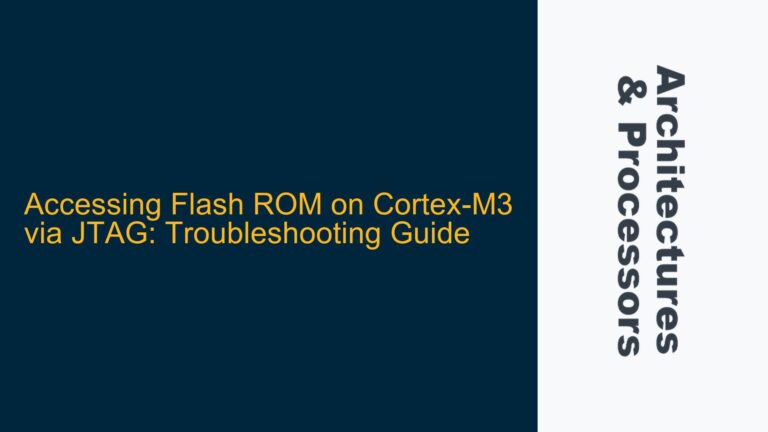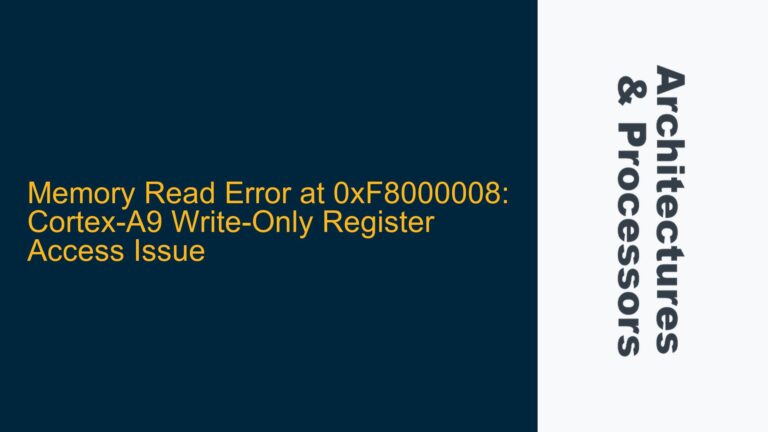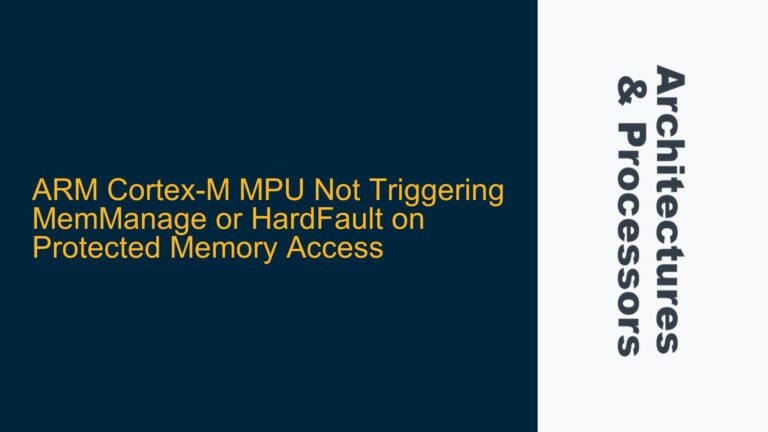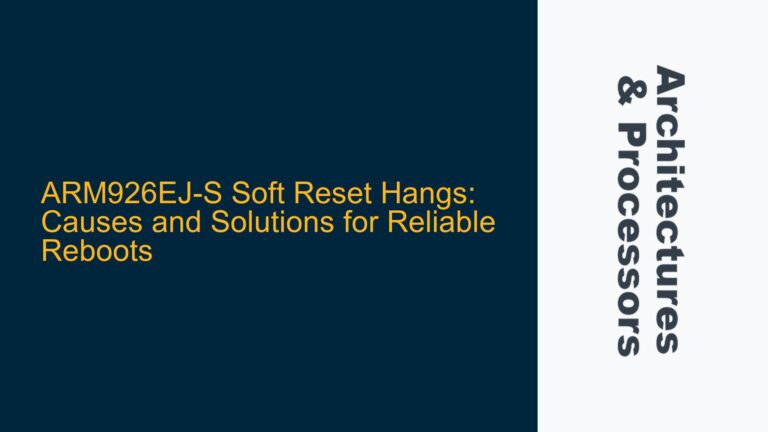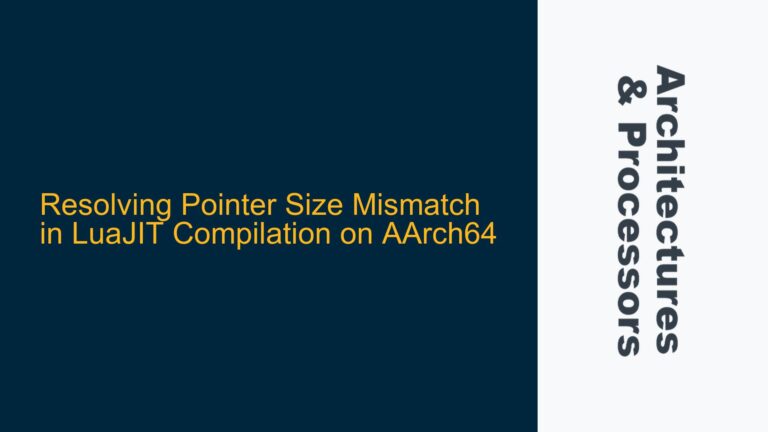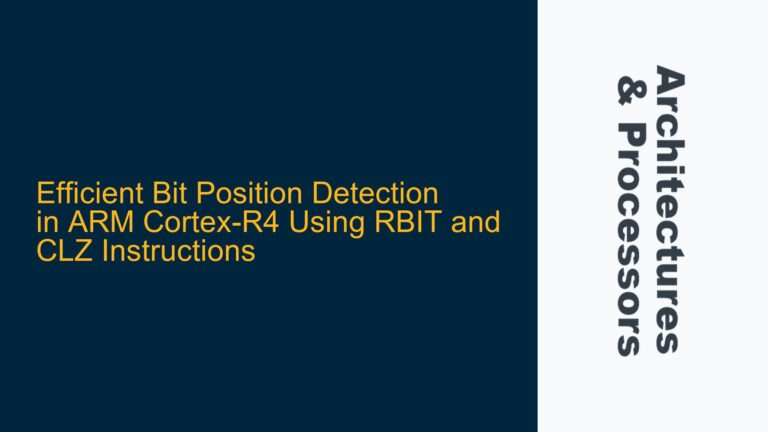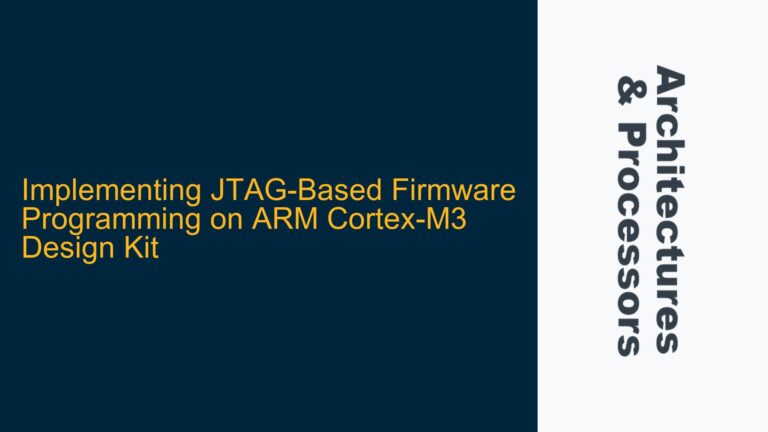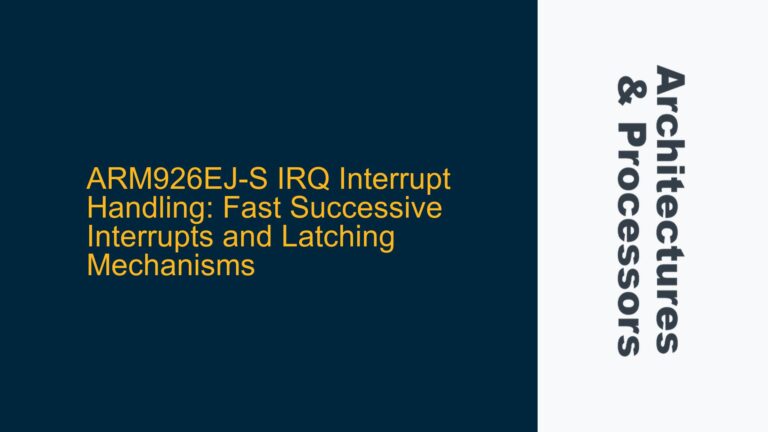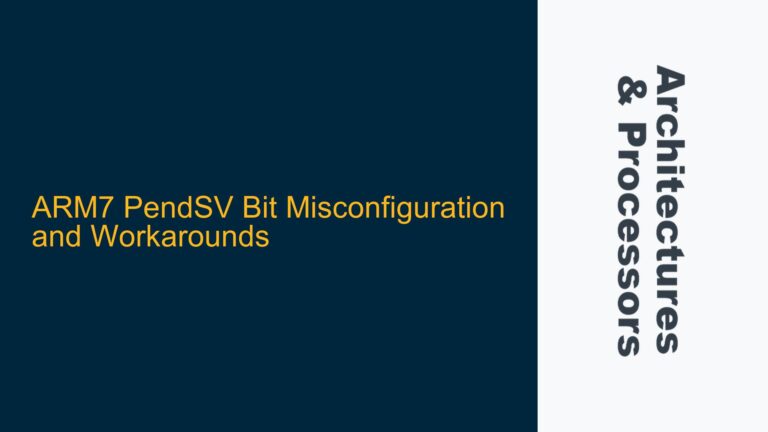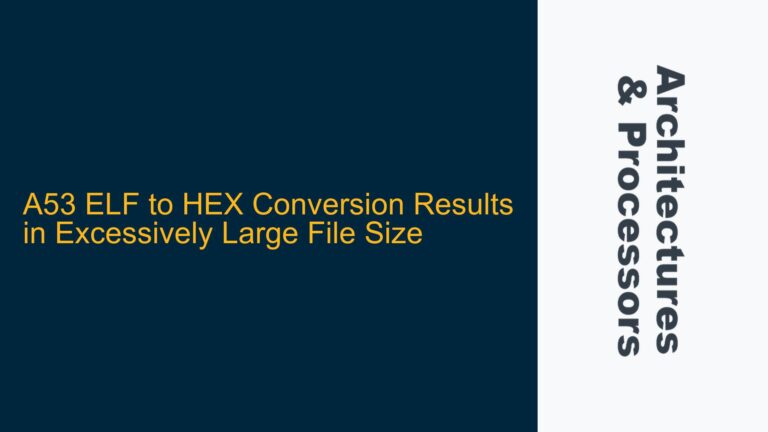Accessing Flash ROM on Cortex-M3 via JTAG: Troubleshooting Guide
Cortex-M3 Flash ROM Access Issues via JTAG Interface When working with the ARM Cortex-M3 design kit, accessing the Flash ROM via the JTAG interface can present several challenges. The JTAG interface is a critical tool for debugging and programming embedded systems, but improper configuration or misunderstandings of the hardware-software interface can lead to failures in…
